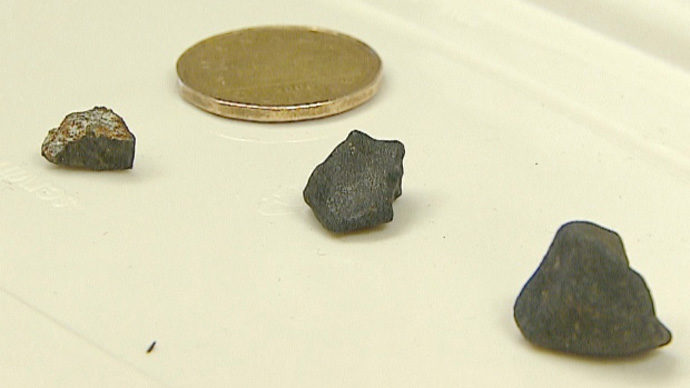
As often as meteors streak across the night sky, and even how many times we see bright fireball meteors, it's a rare thing to actually find pieces of the meteoroid that produced the flash of light.
According to meteorite hunter Geoff Notkin, searching for meteorites after a fall was an exhausting task, involving travelling all over the area where the fireball was seen, interviewing witnesses, and compiling a trajectory for the meteoroid as it plowed through the atmosphere. Starting in 2009, this became much easier, as scientists began to explore the use of Doppler radar in picking up these objects, to determine where they fell.
In the case of the University of Calgary researchers who took up the search for fragments of this particular space rock, they relied on video footage from the event.
According to CBC News, Alan Hildebrand, an associate professor in the University of Calgary's department of geoscience, went to the public, asking for video of the fireball as it flashed across the sky, to help him and his team to narrow down where they might find meteorites from it.
Based on the shadows cast by the fireball, Hildebrand was able to figure out the orbit of the object, which revealed its angle as it entered the atmosphere, and pointed he and his team towards a 20-km patch of land in the Kootenay region of British Columbia.
Complementary studies by the American Meteor Society (AMS), based on fireball reports from all over the region, pointed to the exact same area.
The results of their search were three coin-sized chunks of meteorite, the first of which (above, far left) was discovered by graduate student Fabio Ciceri on October 29.
"I couldn't believe it when I found the first meteorite," Ciceri told CBC News.
"Since I was a child... I look at the sky with amazement. It's like a dream for me, because I am here [to] study the solar system. It's difficult to explain."
It's estimated, based on a report by CBC News, that the meteoroid was about a metre wide when it entered the atmosphere, and likely tipped the scales at up to 5 metric tonnes.
The meteoroid's path through the atmosphere would have whittled it down quite a bit, and the bright flash seen at the end of the video signified it exploding. So, with such small fragments recovered so far, it's possible that there are many more scattered about the Kootenay region, still waiting to be found.



Comment: See also: Large meteor fireball lights up night sky over British Columbia, Canada